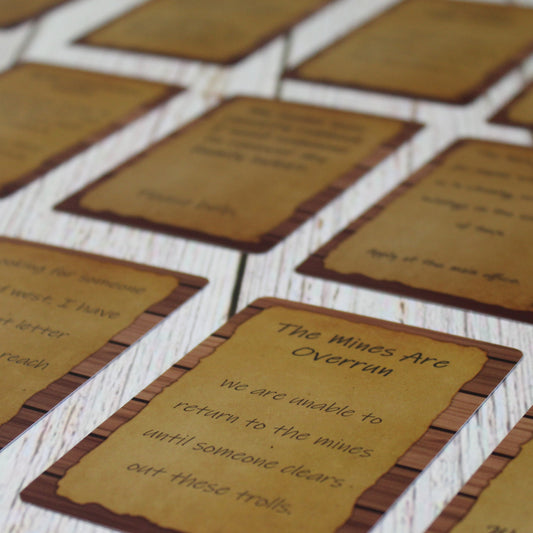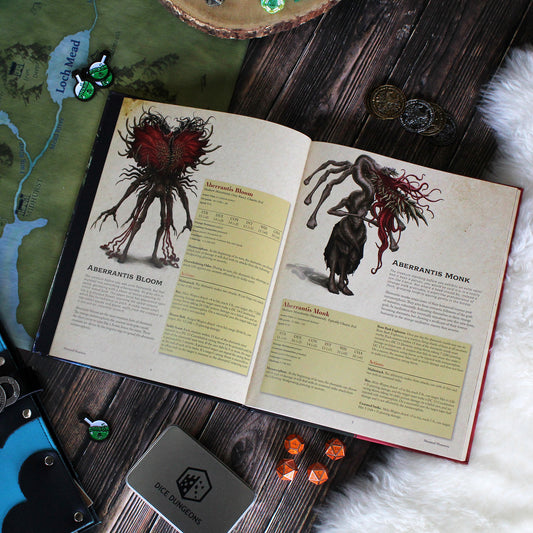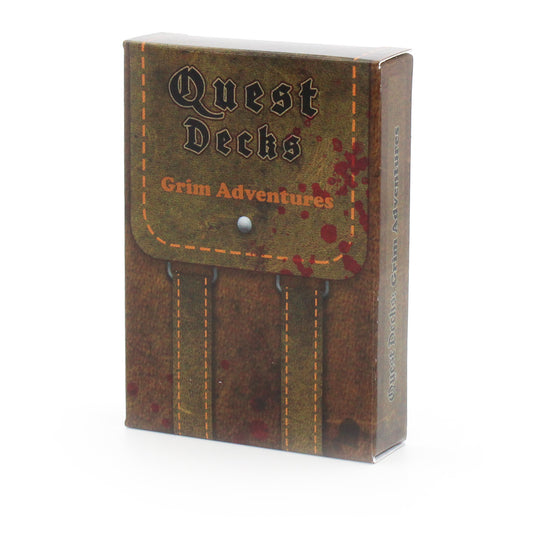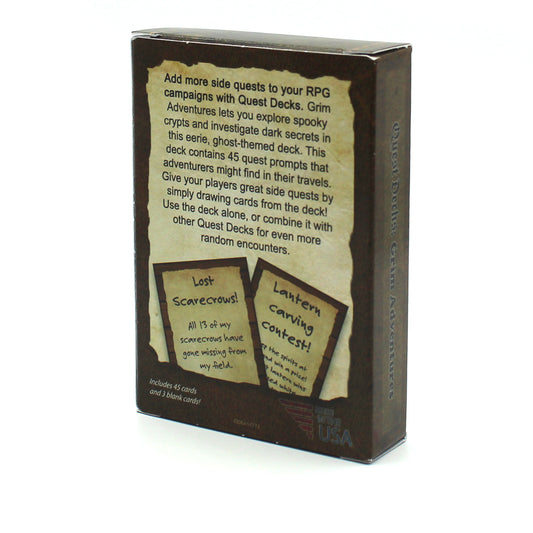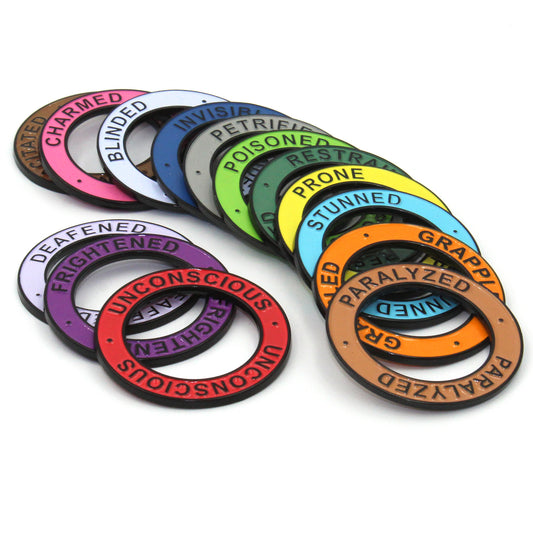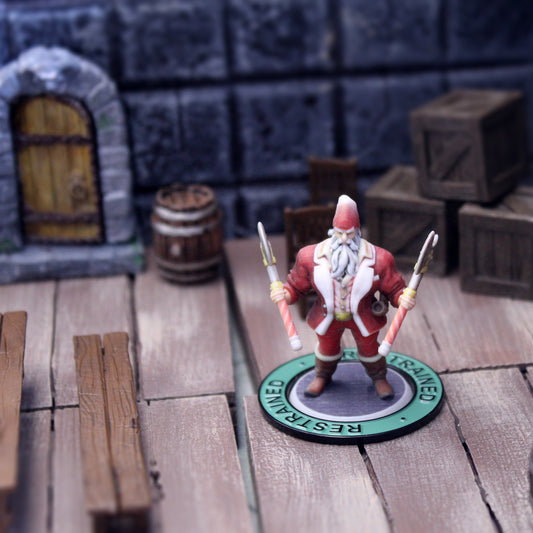One of the most common questions for new Dungeon Masters is how often a party should level up. In Fifth Edition, pacing character growth is not left entirely to chance. The game’s design assumes that characters will spend more time in the most satisfying tiers of play and less time racing through the extremes at level 1 or level 20. Understanding that design, and knowing when to reward big moments, will help you find the right balance for your table.
What the Rules Expect
The Dungeon Master’s Guide offers two main approaches: experience points (XP) and milestone leveling. With XP, monsters and challenges have set values that add up until the party earns enough to level. With milestones, the DM levels the group after major story beats. Both systems are valid, but they’re built on the same pacing assumptions. Characters should gain levels quickly at the start, then more slowly as the campaign matures.
- Levels 1–4: Characters advance rapidly, often leveling every 1–2 sessions. These early levels are about survival, learning mechanics, and establishing party identity.
- Levels 5–10: This is the “sweet spot” of Fifth Edition. Characters gain iconic class abilities, and most campaigns spend the bulk of their time here. Advancement slows to every 3–5 sessions so players can enjoy these levels.
- Levels 11–16: High-level play introduces complex abilities and large-scale threats. Pacing slows further, with each level lasting 4–6 sessions or longer.
- Levels 17–20: Few groups reach these heights, but when they do, every level should feel monumental. Advancement might only happen after entire arcs conclude.
Rewarding Big Moments
Whether you use XP or milestones, the best leveling moments come from achievements, not bookkeeping. Tie advancement to victories that feel like turning points: defeating a rival, completing a quest arc, surviving a dangerous dungeon, or forging an alliance. Players remember levels that arrive at climaxes far more than those that show up between random encounters.
If you prefer XP, you can still add this sense of drama by planning “bonus awards” for story breakthroughs or creative play. If you use milestones, keep advancement consistent with challenge. A party that breezes through low-risk content should not level as quickly as one that braves deadly adventures.
Why the Pacing Matters
Pacing is more than just numbers on a chart. It sets the tempo of the entire campaign. Level-ups are milestones that tell the players their choices and victories matter. If advancement happens too quickly, players are constantly juggling new abilities without ever really mastering the ones they just gained. A paladin who barely gets to use their new aura before unlocking another feature may never feel how that aura changes the flow of combat. The game begins to feel like a sprint instead of a journey.
The opposite problem is just as damaging. If characters linger at the same level for too long, players may feel like the story has stalled or that their accomplishments are not being recognized. Victories should come with a sense of forward motion. When sessions stretch on without growth, excitement can fade, and even the most compelling story beats risk losing impact. Slow pacing turns level-ups into a distant goal rather than an immediate payoff for effort and creativity.
Fifth Edition strikes its balance by encouraging campaigns to linger in the middle levels, where gameplay shines brightest. At this stage, fighters feel strong without overshadowing casters, rogues contribute inside and outside combat, and spellcasters unlock iconic spells like Fireball or Counterspell without pushing the campaign into world-breaking magic. These levels are where teamwork matters most and where each class has moments to stand out. When pacing supports this sweet spot, players have time to savor their characters’ growth, experiment with new abilities, and feel the story escalate in a way that matches both the mechanics and the drama of the game.
Practical Guidelines
- Use faster leveling early so characters reach level 3 quickly, when subclasses unlock.
- Plan for 3–5 sessions per level between levels 5 and 10.
- Stretch higher-level play to 5+ sessions per level so players can explore advanced abilities.
- Anchor level-ups to story beats or memorable victories whenever possible.
Final Thoughts
The right leveling pace balances the intent of the rules with the story you want to tell. Fifth Edition provides Dungeon Masters with the freedom to adjust, but the overall structure is clear: let players move quickly through the fragile early game, spend ample time in the iconic mid levels where the game is at its best, and make sure the highest levels feel like the payoff to epic arcs. When you strike that balance, players will not just see their characters grow on a character sheet, they will feel that growth reflected in the story as well.
Remember that it is not only about how long it takes to gain levels but also about how you signal progress in the world. If every level-up is tied to a meaningful achievement, players will view advancement as part of the story’s rhythm. That rhythm keeps campaigns alive and makes every new ability, spell, or feature something to look forward to.
And if you ever find yourself needing fresh ways to reward progress or fill time between major arcs, tools like our Quest Decks can help. Each deck offers ready-to-run side quests that you can drop into any campaign. They keep the story moving without heavy prep, and they give players the sense that their choices are always leading to something new. Whether you use them as pacing tools or as ways to reward exploration, Quest Decks are a simple way to make your leveling milestones feel even more earned.



